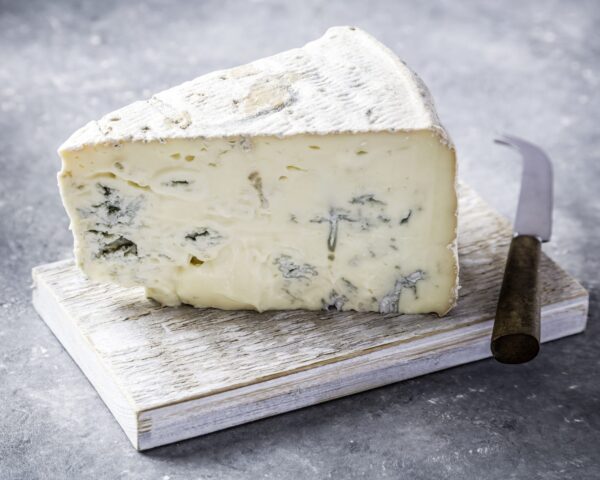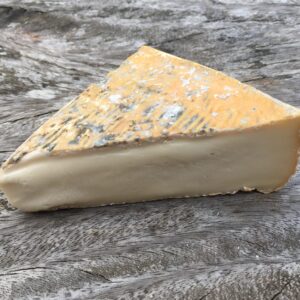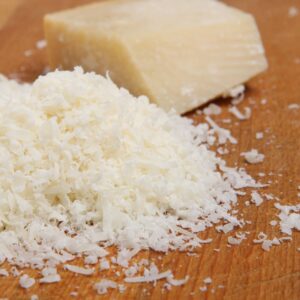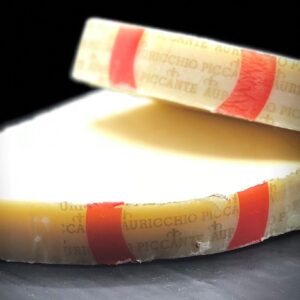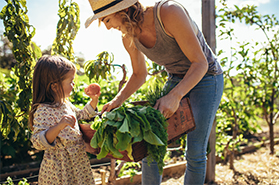Description
Today, Gorgonzola is produced worldwide, with high concentrations of production located in the northern Italian regions of Piedmont and Lombardy. Whole cow’s milk is used, to which starter bacteria are added with spores of the mold Penicillium glaucum. The whey is then removed during curdling, and the result aged at low temperatures.
During the ageing process, metal rods are quickly inserted and removed, creating air channels that allow the mold spores to grow into hyphae and cause the cheese’s characteristic veining. Gorgonzola is typically aged for three to four months. The length of the aging process determines the consistency of the cheese, which gets firmer as it ripens. There are two varieties of Gorgonzola, which differ mainly in their age: the less aged Gorgonzola Dolce (also called Sweet Gorgonzola) and the more aged Gorgonzola Piccante (also called Gorgonzola Naturale, Gorgonzola Montagna, or Mountain Gorgonzola).




